Bulgaria: conference host and home to Roach’s mouse-tailed dormouse
Fewer than 30 dormouse species are left in the world, the surviving remnants of what was once a widespread and numerous group of rodents. Just three subfamilies remain in sub-saharan Africa, in Europe – from Scandinavia down to Sicily – and in Asia – from southern China across to Japan.
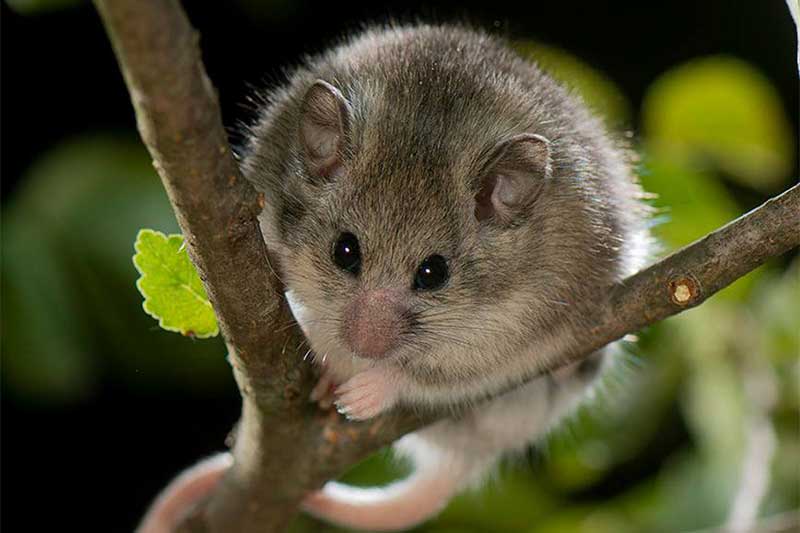
Every three years, an international conference is held to bring together scientists, conservationists, naturalists and volunteers to exchange knowledge and share experiences of different dormouse species. Previous conferences have been held in Denmark, Belgium, Germany, Italy, UK and Hungary. There was great excitement at the tenth conference, which was held in Liege, Belgium, when our Bulgarian friends announced that they’d host the next one. Bulgaria is home to Roach’s mouse-tailed dormouse – a little-known species whose distribution and ecology hadn’t been well-studied. It’s not often we get a chance to meet a new animal, so anticipation was high. Roach’s mouse-tailed dormouse – also known as Myomimus roachi – is one of three mouse-tailed dormouse species found across Iran, Turkmenistan, Turkey and, possibly, Greece.
From Sofia to Svilengrad
Delayed not once but twice because of the pandemic, we finally made it to Svilengrad, eastern Bulgaria, in May 2022. Almost 80 delegates gathered from 20 countries including France, Germany, Slovenia, Romania, Austria, Belgium, Spain, Czech Republic, Lativia, Lithuania, UK, Bulgaria, Denmark, The Netherlands, Poland, Croatia, Ukraine, Italy, Switzerland and Greece. We were sorry not to have our colleagues from Japan, Iran and Africa with us but happy that so many people had been able to meet again to share new findings and make new partnerships.
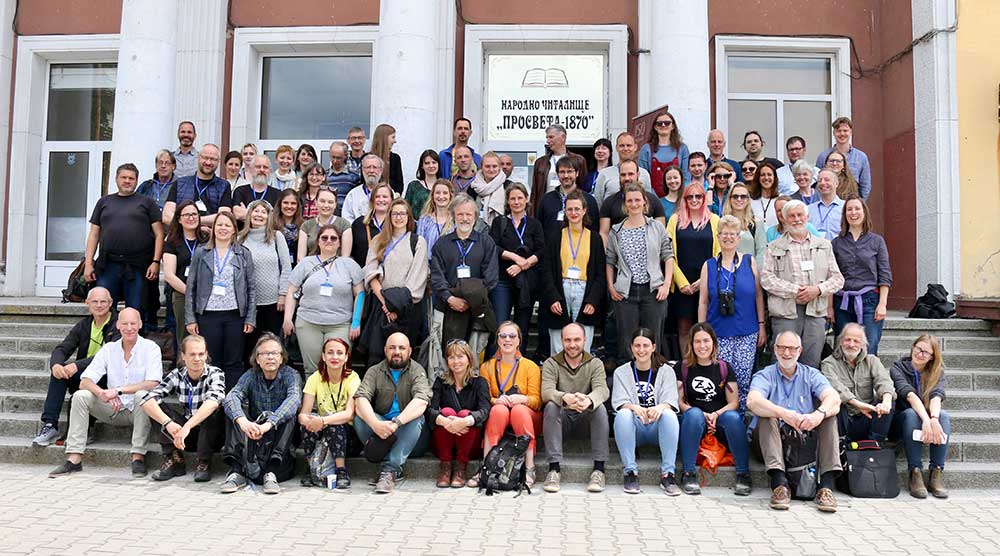
We were welcomed by Nedko Nedyalkov and Sylvia Tosheva of the National Museum of Natural History, and Svetlana Miteva and Dennis Wansink from The Habitat Foundation. After a tour of the National Museum of Natural History in Sofia – where we spotted our first dormice behind glass – we were taken to Svilengrad. It’s a historical city on the river Maritsa where Bulgaria, Turkey and Greece meet. The Maritsa crosses a wide valley that divides two mountain ranges – Sakar and the Rhodope mountains, both of which are rich in biodiversity and have been declared NATURA 2000 protected areas.
New studies and impressive achievements
Three days of talks and presentations followed. We heard about the ecology of the mouse-tailed dormice, as well as the general biology (body mass changes, feeding habits, climatic impacts on survival and senescence) of our other European species: garden, forest, edible and hazel dormice. We learned about communal nesting behaviour and how stress hormones are regulated. Research teams from many different countries described how they used AI acoustic detection, eDNA, remote sensing and citizen science to find and monitor dormice.
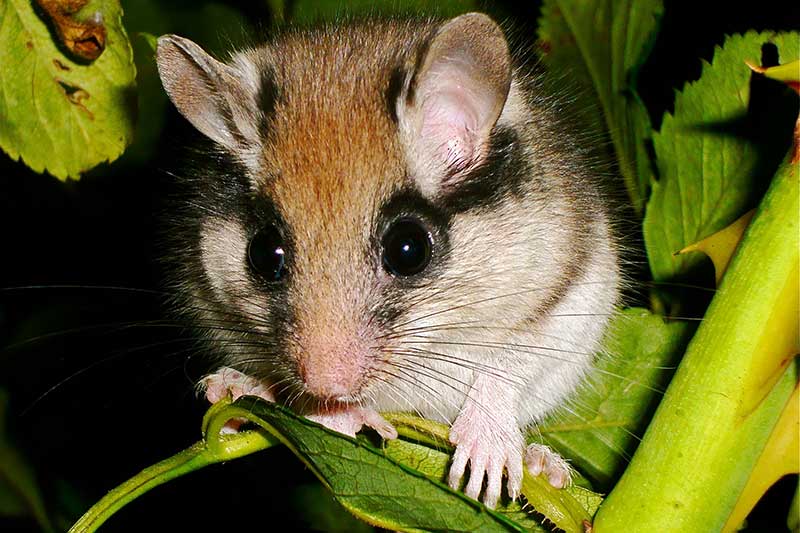
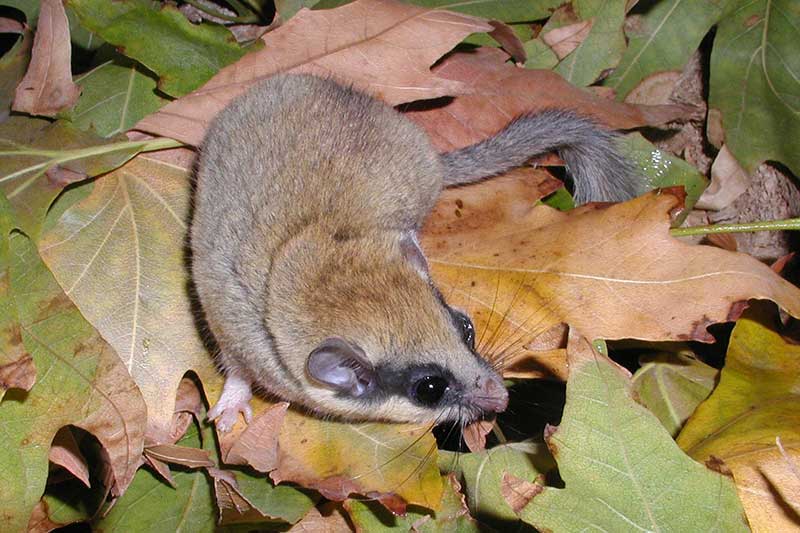
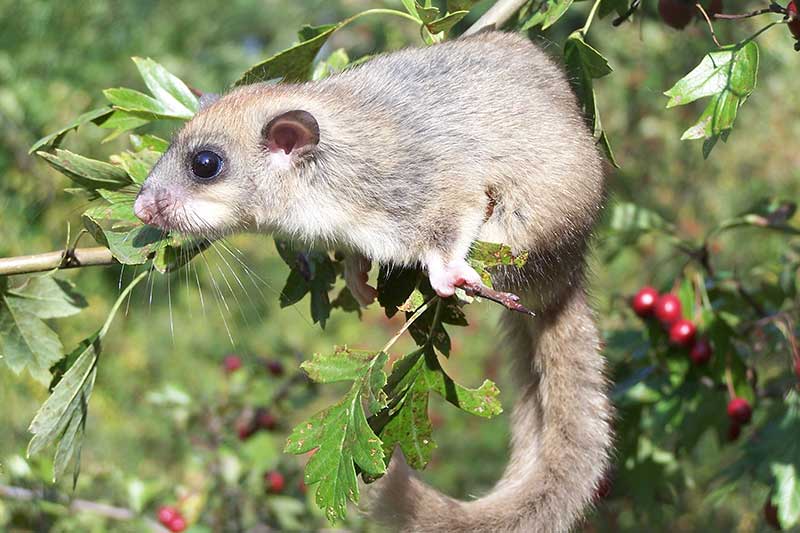
An intriguing study revealed edible dormice living in caves, whilst camera traps caught images of a bear waiting at an underground entrance, keen to catch an exiting dormouse. Genetic studies are being carried out to track the evolutionary history of dormice and identify reasons for their decline. We reported on 30-year trends in the UK, whilst other countries are analysing data to make up-to-date IUCN assessments. Further studies looked at the key reasons for mortality in the different dormouse species including roadkill, pollutants, pesticides and predation. Finally, there was a focus on conservation efforts such as captive breeding, translocation mitigation, habitat management and connectivity.
There were too many highlights for me to write an exhaustive list. The German delegation reported on their impressive achievements over the past few years learning incredible amounts about the little-studied garden dormouse. Newly developed acoustic methods to find and identify different dormouse species were really exciting to hear about. We were invited to work collaboratively on developing a Conservation status of dormice in Europe and to join the European Mammal Conservation Network. Both great opportunities to work together at scale to help protect dormice more effectively. But, of course, the greatest highlight was when Nedko gave us the opportunity to see – and learn more about – a brand new species: Roach’s mouse-tailed dormouse.
Written by Nida Al-Fulaij, PTES Conservation Research Manager
Lead image credit Angyalosi Beata Shutterstock
